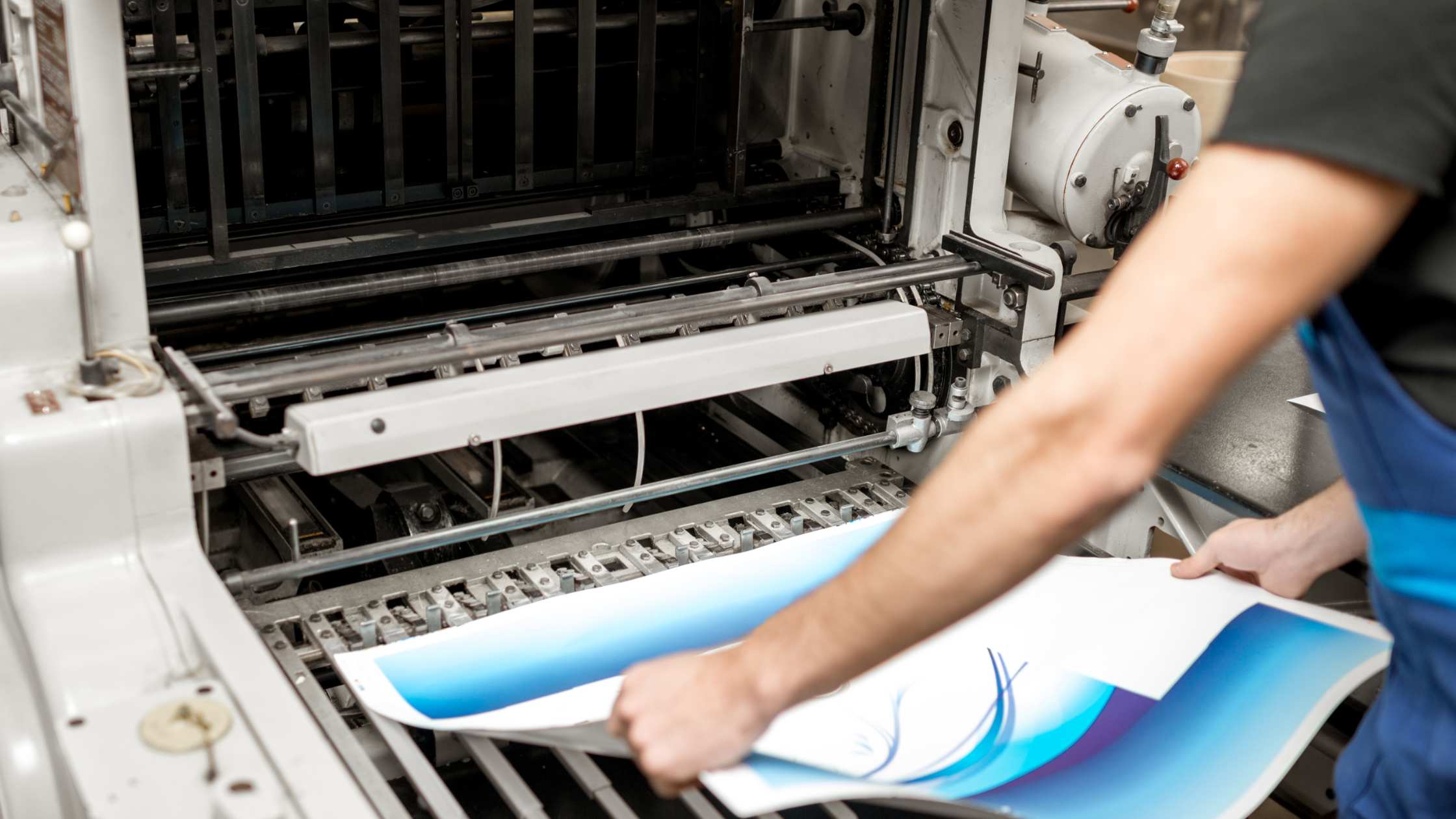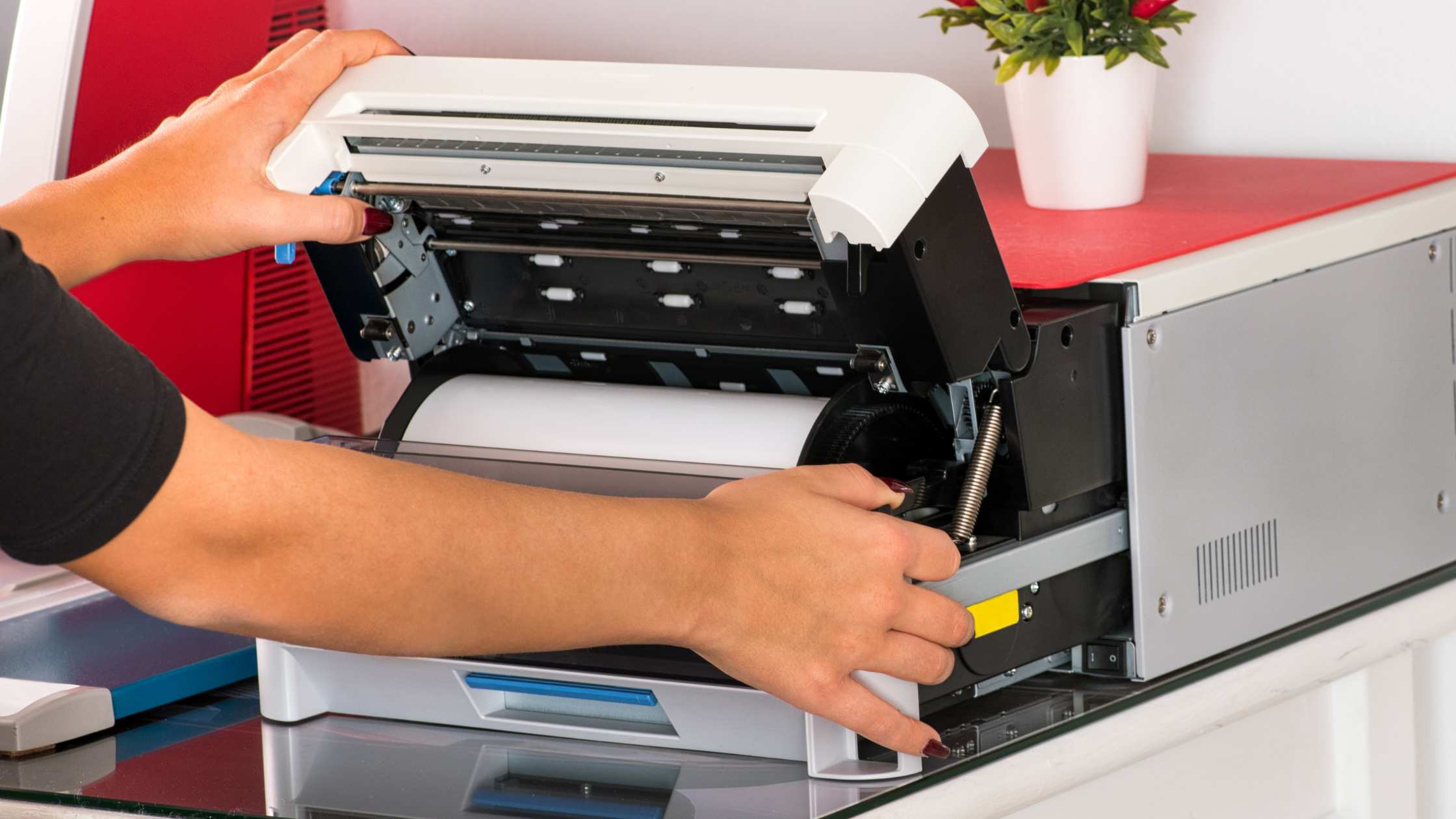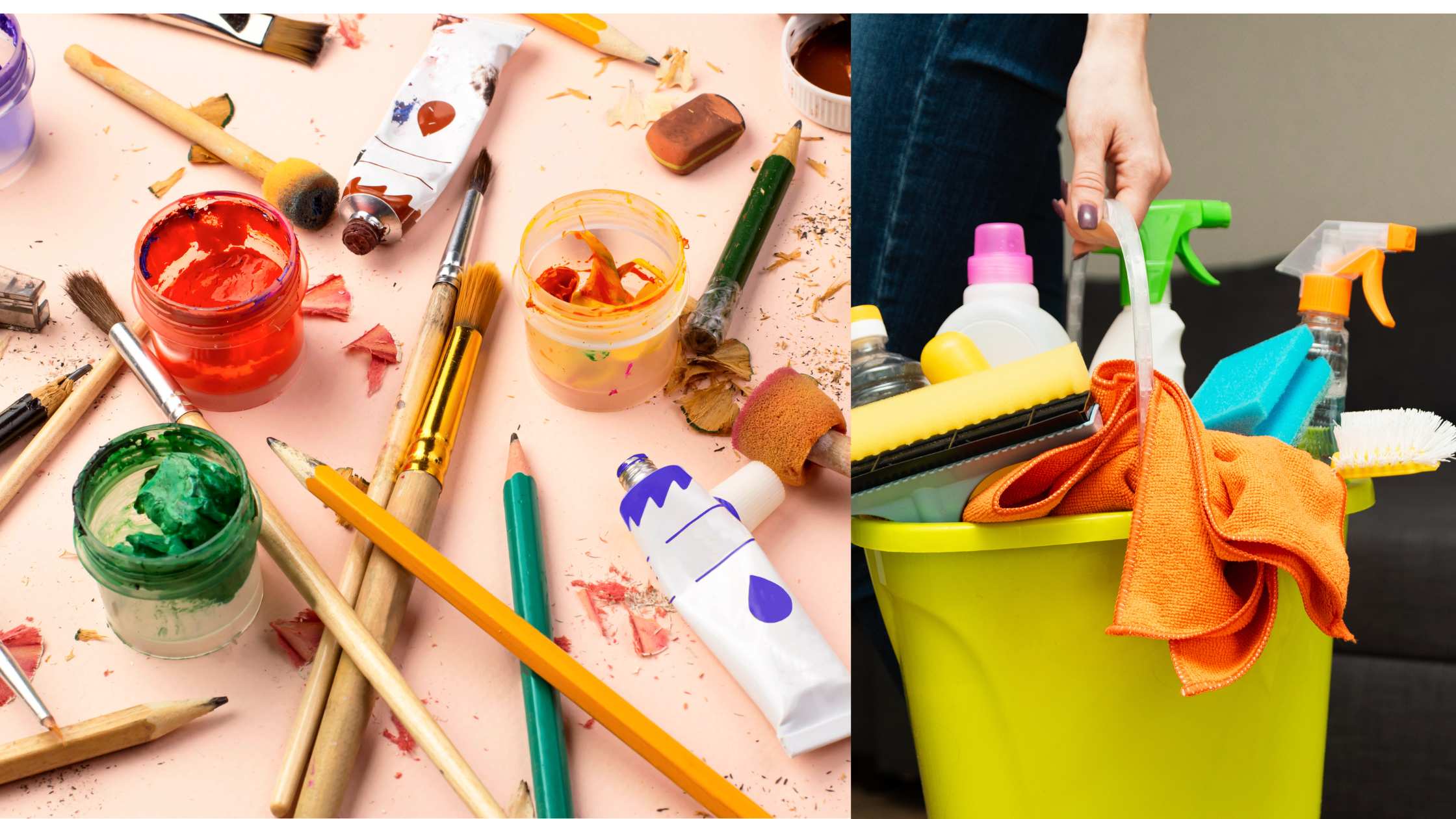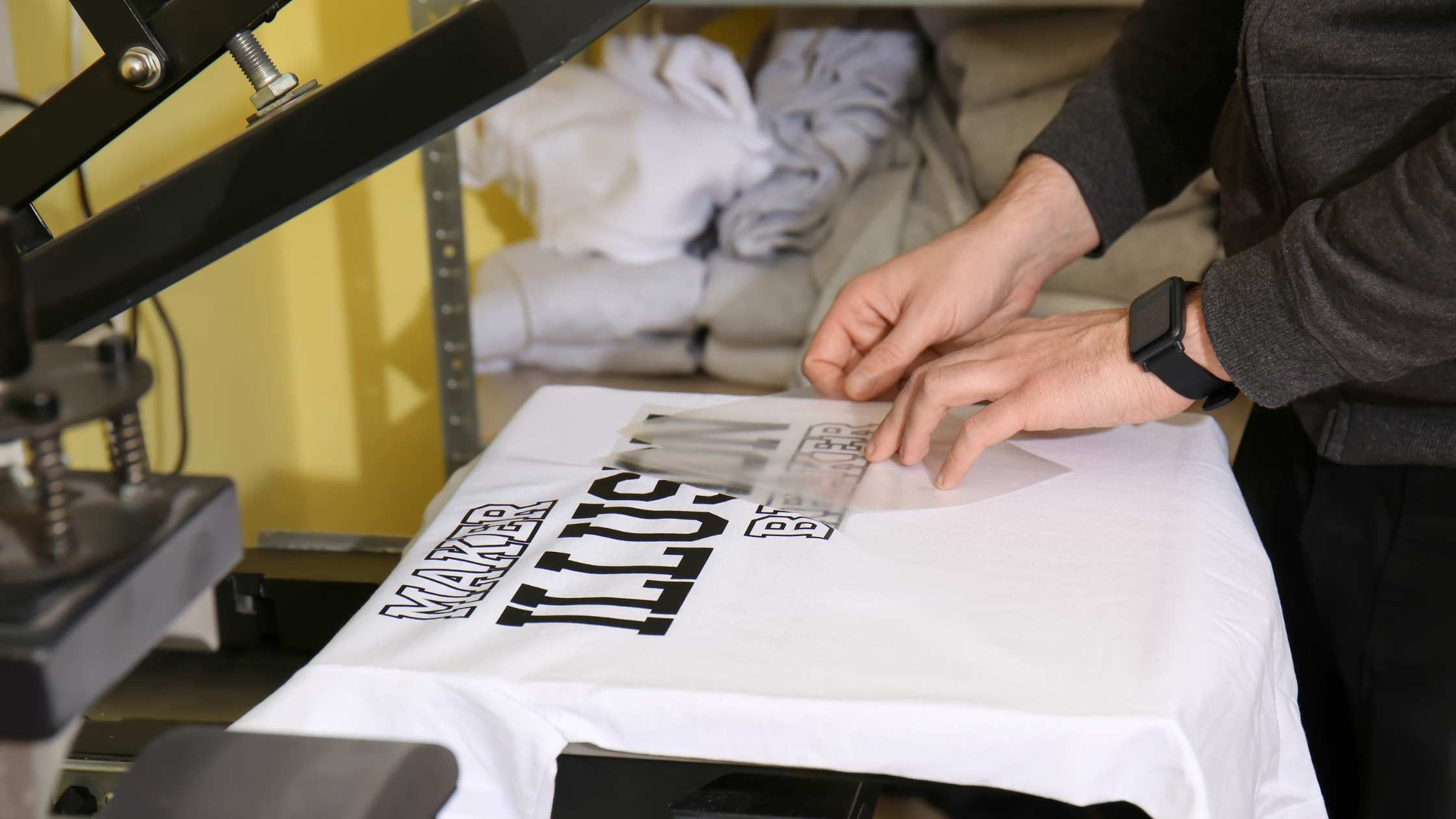Discover effective strategies and tips on storing sublimation prints to ensure longevity and vibrant colors in this comprehensive guide on ‘How to Store Sublimation Prints.
To store sublimation prints, keep them in a cool, dry place away from direct sunlight. Use a plastic sleeve or archival-quality portfolio to prevent damage.
Storing sublimation prints correctly is crucial for maintaining their quality and vibrancy over time. These prints, often used for transferring designs onto fabrics and other mediums, are susceptible to environmental factors. Exposure to sunlight, heat, and moisture can lead to fading and degradation of the print quality.
A cool, dry environment minimizes the risk of such damage, preserving the prints’ colors and details. Using protective sleeves or containers that are designed for archival storage can further safeguard your prints from dust, scratches, and other physical harm. Artists, photographers, and printers alike should prioritize proper storage to ensure their sublimation prints remain pristine for future use or display.
The Essence Of Proper Storage

Storing sublimation prints correctly is crucial.
It protects the print quality and extends the shelf life. Proper storage ensures years of enjoyment from your vibrant prints.
Protecting Print Quality
Avoid direct sunlight and areas with high humidity. These factors can fade colors rapidly and damage print media.
- Use acid-free sleeves or folders.
- Store in a cool, dry place.
- Keep away from excessive heat.
Extending Shelf Life
The longevity of prints is important. Here’s how to ensure it:
| Storage Method | Benefits |
|---|---|
| Acid-free containers | Prevents yellowing |
| Climate-controlled environment | Maintains print integrity |
| Airtight containers | Keeps out moisture and dust |
- Label each print with the date and content.
- Check stored prints regularly for any signs of damage.
- Avoid folding or rolling prints tightly.
Initial Steps After Printing
The initial steps after printing are crucial for sublimation print quality. Right off the printer, take special care. This ensures designs last longer and look sharper on final products.
Cooling And Drying Times
Allow prints to cool and dry completely before use. Proper cooling and drying prevent unwanted smudging or ghosting. Most inks require a specific time to set. This differs by brand and material.
- Room Temperature: Let prints sit in a room-temperature area.
- Avoid Heat Sources: Keep them away from direct heat.
- Flat Surface: Lay prints on a clean, flat surface.
- Drying Time: Wait for the recommended time before handling.
Handling With Care
Handle prints with care to protect the ink from damage. Here’s how:
| Step | Action |
|---|---|
| 1 | Use clean hands or gloves. |
| 2 | Avoid touching the inked side. |
| 3 | Keep prints free of dust and debris. |
| 4 | Store upright if possible. |
Choosing The Right Environment

Sublimation prints, vibrant and sharp, demand proper storage. The right environment ensures long-lasting colors. Here’s how:
Temperature And Humidity Control
Stable conditions keep prints perfect. Note these pointers:
- Keep the temperature steady, ideally between 59-77°F (15-25°C).
- Maintain humidity at 50-70% to prevent damage.
- Use a hygrometer to monitor your storage area’s climate.
A climate-controlled room works best. Basements and attics are risky due to fluctuating conditions.
Avoiding Direct Sunlight And Heat Sources
Sunlight and heat cause fading and warping. Follow these tips:
- Store prints in a dark place, away from windows.
- Do not place near heaters or electronics that emit heat.
- Use UV-protective covers if necessary, to shield from light.
Correct storage extends the life of sublimation prints. Enjoy bold colors for years with these steps.
Storage Equipment And Materials

Protecting sublimation prints is essential for any crafter or business. Quality storage keeps colors bright and details sharp over time. This section explores the best containers and materials for safely storing these prints.
Appropriate Containers And Sleeves
Choosing the right containers and sleeves for sublimation prints is key. This choice guards against scratches, dust, and light damage. Let’s review your options.
- Plastic bins: Clear bins help you see inside easily. Please make sure they are sealable to keep out dust and moisture.
- Print sleeves: Use these to separate each print. It prevents colors from transferring among prints.
- Cardboard boxes: They can be a budget-friendly option. Ensure they are sturdy and free from acid.
Acid-free And Archival-quality Products
Archival-quality products ensure long-term safety for your prints. Use only proven, safe materials.
| Product Type | Reasons to Use |
|---|---|
| Acid-free paper | Prevents chemical reactions that can degrade prints |
| Archival-quality sleeves | Offer UV protection to prevent fading |
| PH-neutral products | Keep prints in original condition, resisting yellowing |
Important: Always label your archival materials. Include details like print dates and contents.
Organizational Tips For Easy Access

Mastering the art of storing sublimation prints guarantees their longevity and makes your work process smoother. A tidy storage system ensures quick retrieval whenever inspiration strikes. Let’s dive into effective organizational strategies with handy tips for any creative workspace.
Labeling Systems
Clear labels turn chaos into order. Use these pointers for a fail-proof labeling system:
- Color-coded labels for swift recognition.
- Durable tags that withstand daily handling.
- Precise descriptions on each label for easy identification.
Invest in a label maker or printable stickers to save time and maintain consistency.
Cataloging By Date Or Project
Sort your sublimation prints methodically using these approaches:
| Catalog Type | Benefits |
|---|---|
| Date-Based | Tracks progress chronologically |
| Project-Based | Group designs by theme or client |
Create a filing system or digital catalog to keep your prints orderly and accessible.
Best Practices To Prevent Damage
Keeping sublimation prints vivid for years to come is crucial.
Following the best practices to prevent damage ensures that these colorful creations stand the test of time.
Handling, storage conditions, and regular monitoring play a key role in maintaining their quality and appeal.
Regular Checks For Deterioration
To keep sublimation prints looking their best, perform regular checks. Look for signs of fading, color shifts, or any physical changes.
Set a monthly check-up routine to catch any issues early on.
- Examine color quality – Are the prints as vibrant as when they were first made?
- Check for damage – Look for tears, scratches, or creases.
- Assess the storage environment – Is it still dry and cool?
Mitigating The Risks Of Physical Damage
Protecting sublimation prints from physical harm is essential. Use these steps to mitigate risks:
- Handle with care – Always handle prints with clean, dry hands or use gloves.
- Use proper folders or sleeves – Store prints in acid-free materials.
- Avoid stacking – Heavy objects can crush or bend your prints.
Sturdy containers are a must. A table to illustrate suitable storage options:
| Container Type | Material | Benefit |
|---|---|---|
| Archival Storage Box | Acid-Free Cardboard | Protection from dust and light |
| Plastic Sleeve | Polyester, Polyethylene, or Polypropylene | Moisture and fingerprint resistant |
| Flat File Cabinet | Metal or Wood | Best for large format prints; stackable |
Shielding from direct sunlight is also critical. Sun can fade colors quickly. Keep prints away from windows and bright lights.
Long-term Considerations
Storing sublimation prints right keeps them bright for years.
Protective storage and careful handling make a big difference. Think ahead to make sure memories on paper live on.
Here are key practices to consider.
Scheduling Periodic Reviews Of Stored Prints
Fading and damage can sneak up on prints. Regular check-ups prevent surprises. Here’s a simple review plan:
- Choose a consistent schedule, like every six months.
- Look for color changes or any sign of wear.
- Record the condition so you can notice any changes next time.
Clear reminders in your calendar will help you stay on track.
When To Discard Or Reprint
Sometimes prints can’t be saved. Knowing when to let go is important. Use these tips:
| Print Status | Action |
|---|---|
| Faded colors | Consider reprinting |
| Minor damage | Attempt repair or duplicate |
| Severe damage or distortion | Time to discard and reprint |
Keep in mind, that digital backups are a lifesaver for irreplaceable prints.
Frequently Asked Questions Of How To Store Sublimation Prints
How Long Can You Keep Sublimation Prints?
Sublimation prints can last for years when properly cared for, often outliving the fabric they’re printed on. Store them away from direct sunlight and high temperatures to maintain quality and vibrancy.
How Long Can A Sublimation Printer Sit Unused?
A sublimation printer can typically sit unused for about 1 to 2 weeks. Beyond that, ink may start to dry and cause clogs.
How Do You Keep Sublimation Ink From Drying Out?
To prevent sublimation ink from drying out, regularly use your printer, keep it in a cool environment, seal cartridges properly when not in use, perform routine maintenance, and invest in a humidity control system if necessary.
Does Sublimation Paper Have A Shelf Life?
Yes, sublimation paper does have a shelf life, typically ranging from one to two years when stored properly in a cool, dry place.
Does sublimation ink expire?
Conclusion
Storing sublimation prints properly ensures their longevity and vibrancy. To maintain their quality, keep them away from direct sunlight, in a cool, dry place. Use archival-quality materials if possible. Your prints will stay vivid and impressive, ready to showcase or sell.
Remember, proper storage equals lasting art!
